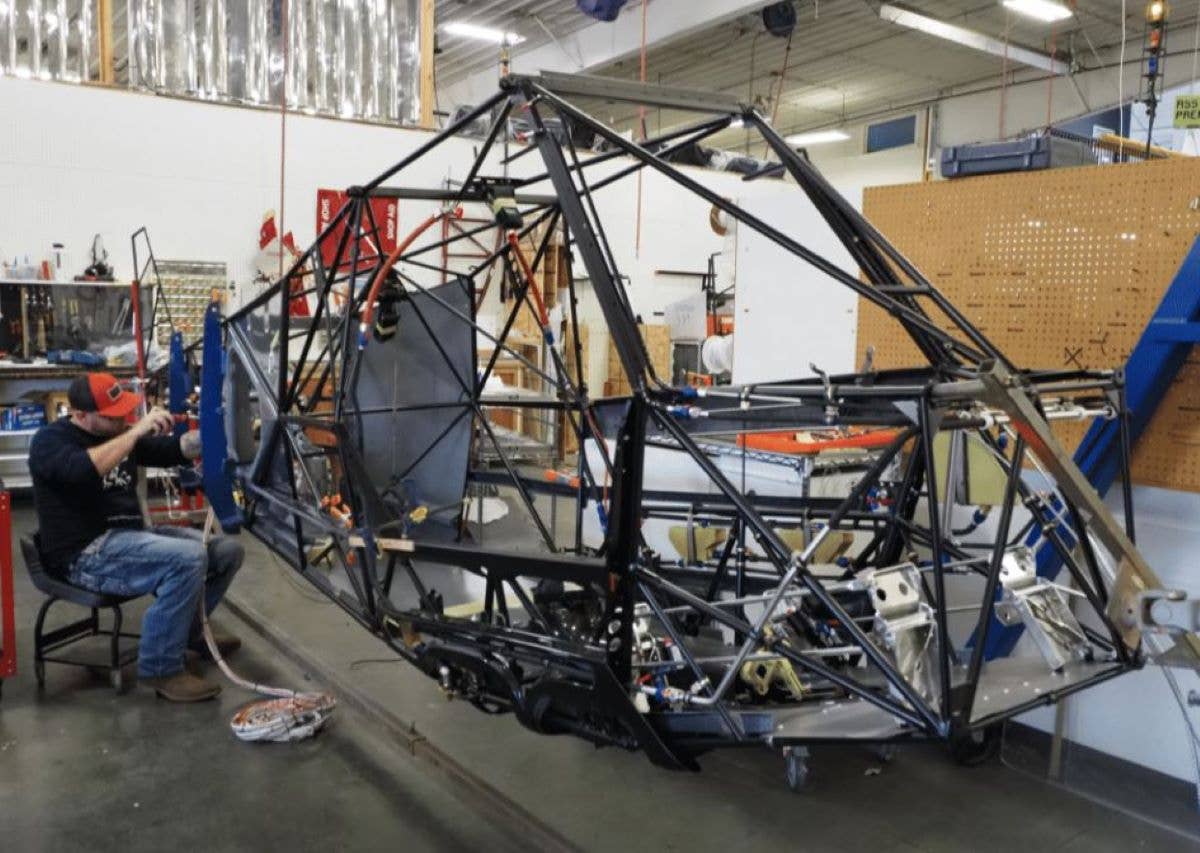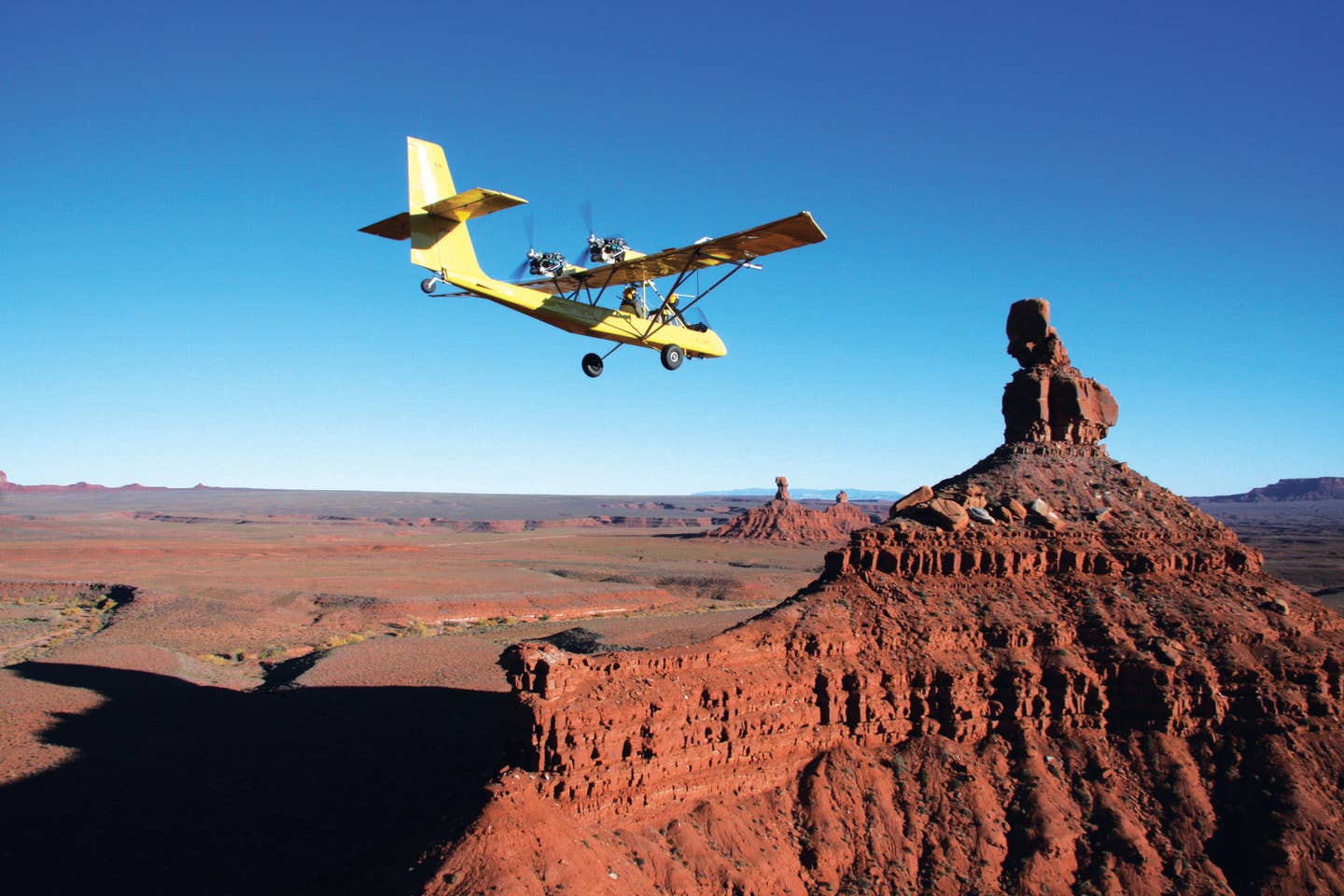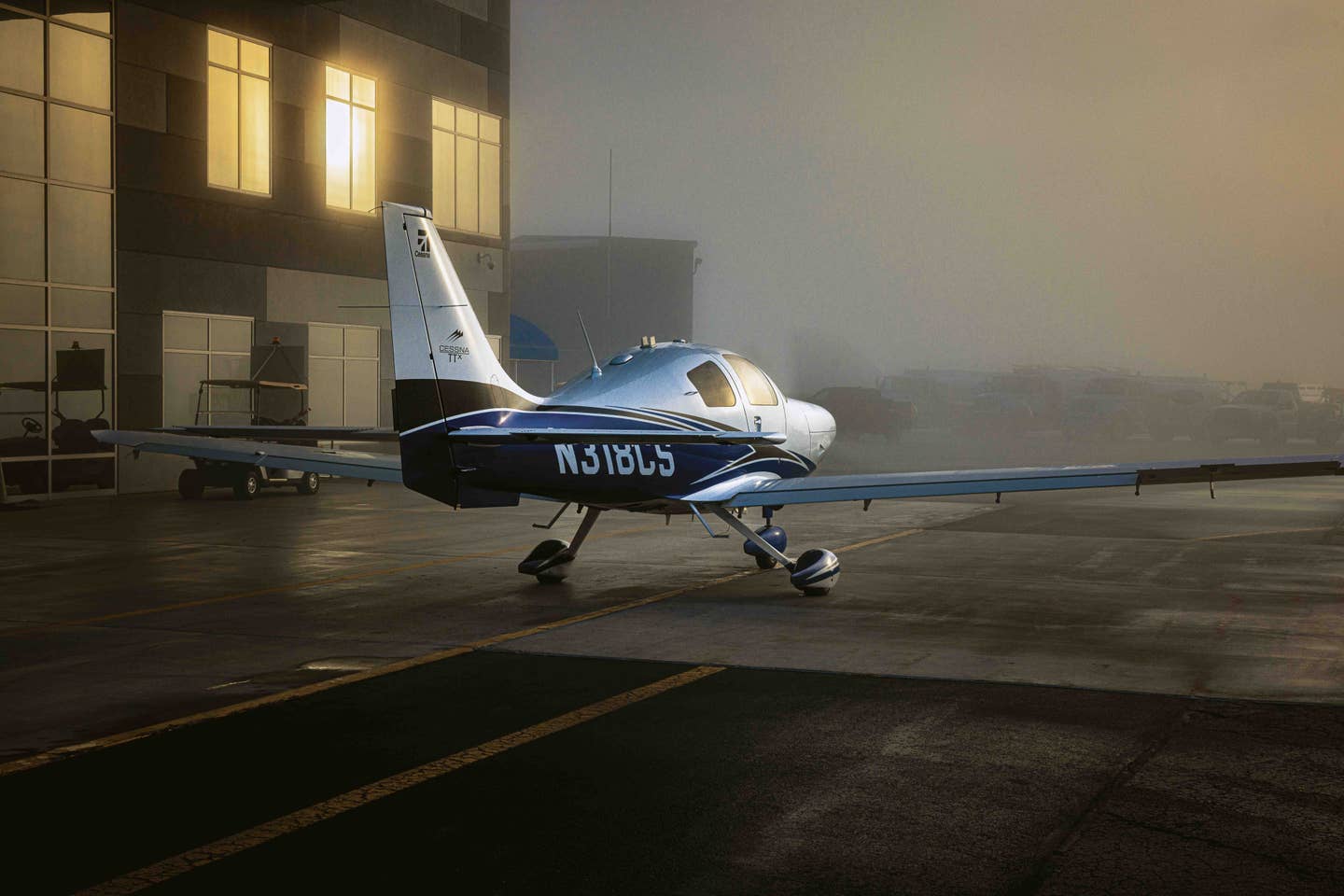Business Trends To Watch in 2023
Here’s what we see on the horizon for 2023.

There are four themes that will capture our focus in 2023, and in many ways, they are continuations of trends that stretch back for years. [Credit: Jim Barrett]
If 2022 represented the return to normal, how would you describe the year ahead? I can think of four themes that will capture our focus this year. In many ways, they are continuations of trends that stretch back for years. However, with business and general aviation’s accelerated growth over the last three years, these things are now more urgent.
If you're not already a subscriber, what are you waiting for? Subscribe today to get the issue as soon as it is released in either Print or Digital formats.
Subscribe NowSMS Mandate
One priority is the need for widespread adoption of safety management systems in business aviation, as in airline travel. Presently, Part 91 and 135 operators who offer commuter and on-demand operations, and some conducting air tours with various aircraft types, are subject to different requirements. While business aviation has a low accident rate—comparable to airlines—when there is an accident or incident in the business aviation industry, the ensuing corrective mandates don’t follow the same path as those for commercial air carriers.
This is because these operators aren’t required to have the same safety systems as the airlines. The FAA established the safety management system (SMS) requirements for Part 121 operators in 2015, giving them less than 40 months to develop and implement acceptable SMS programs, and by March 2018, there was 100 percent compliance. Yet, the FAA doesn’t mandate air medical services, air taxis, or on-demand flights to have the safety management systems, flight data recorders and systems,and safety-critical training practices that are required of passenger-carrying airline operations. While some operators have adopted SMS under the FAA’s voluntary program, it’s only a dozen or so out of more than 2,000 charter operators in the U.S.
But that is about to change. Long an NTSB most wanted list item, SMS requirements for air carriers operating under Parts 21, 91, 135, and 145 are currently under development and the FAA plans to publish a Notice of Proposed Rulemaking for these regulations in Fall 2023.
Sustainability
Fast-tracking the industry’s sustainability initiatives is another top priority, and in 2023, you can expect to see an upshift into another gear. One feature that makes this possible is the Inflation Reduction Act passed in August 2022, which took effect January 1, 2023, and gives sustainable aviation fuel (SAF) providers tax provisions to boost production. The IRA allocates a $1.25 per gallon tax credit for each gallon of SAF sold. To claim the credit, SAF producers must demonstrate that the fuel can cut greenhouse gas emissions by 50 percent as part of a qualified mix compared to regular jet fuel.
More broadly, the U.S. Department of Energy, U.S. Department of Transportation, U.S. Department of Agriculture, and other federal agencies have set a Grand Challenge to boost research, development, and production of SAF. Their goal is to get to 3 billion gallons per year by 2030 and 35 billion gallons per year by 2050. That’s the same year the industry has committed to being net-zero in carbon emissions, but we have a long way to go.
In 2022, according to the International EnergyAgency, global SAF production was approximately 26.4 million gallons a year, or about 0.1 percent of all aviation fuel. The International Air Transport Association indicated in an October 2021 study that for airlines to reduce emissions to meet the 2050 net-zero goal, SAF would be needed to reduce up to 65 percent of emissions. It estimated that electric and hydrogen solu-tions would contribute 13 percent to the reduction, while more efficient operations and infrastructure would add another 3-percent improvement. The GA sector is playing its part, with various FBO chains boosting their capacity, and 2023 could prove to be a year in which SAFis not only widely produced but also widely available.
People in the Workforce
Another trend in sharp focus is the industry’s workforce challenge. While some sectors have been able to attract, recruit, hire, train, and keep talent, 2022 was a year in which the whole industry—business, commercial, general, and even military aviation—was prevented from hitting its stride because it simply couldn’t find the talent it needed. Indeed, it was acute at the pilot level, but manufacturers also felt it, struggling to find skilled workers to make critical equipment for aircraft.
Depending on the state of the broader economy,some of the demand felt across the industry by people clamoring for air travel in 2022 might wane, giving us time to catch our breath. But, if the trends persist and travel proves to be a non-discretionary commodity, this could be an interesting year. As we’ve learned through thepandemic, successful recruitment is no longer about compensation but increasingly about flexibility. Companies wishing to grow will have to be creative to find the people they need to support their businesses.
Innovation
Finally, innovation remains a key driver. In 2021, a bevy of emerging aerial air mobility and future technology ventures became publicly traded companies promising to shake the industry up by late 2023 into 2024. However, progress toward certification has been incremental and arguably cosmetic. With investors tightening their belts amid a shakier economy, this year could be the make-or-break one for some of these enthusiastic upstarts. Progress will need to be tangible, or there could be fierce consolidation across players, at best. Regulators will also need to play their part. To be clear, the industry needs winners because innovation moves us forward, or as they say, a rising tide lifts all boats.
Plenty is at stake in 2023. At the heart of each trend are people like you and me, who have the opportunity to make meaningful contributions and move the industry forward. I encourage you to give your best efforts. See you at work!
This article was originally published in the February 2023 Issue 934 of FLYING.

Subscribe to Our Newsletter
Get the latest FLYING stories delivered directly to your inbox







